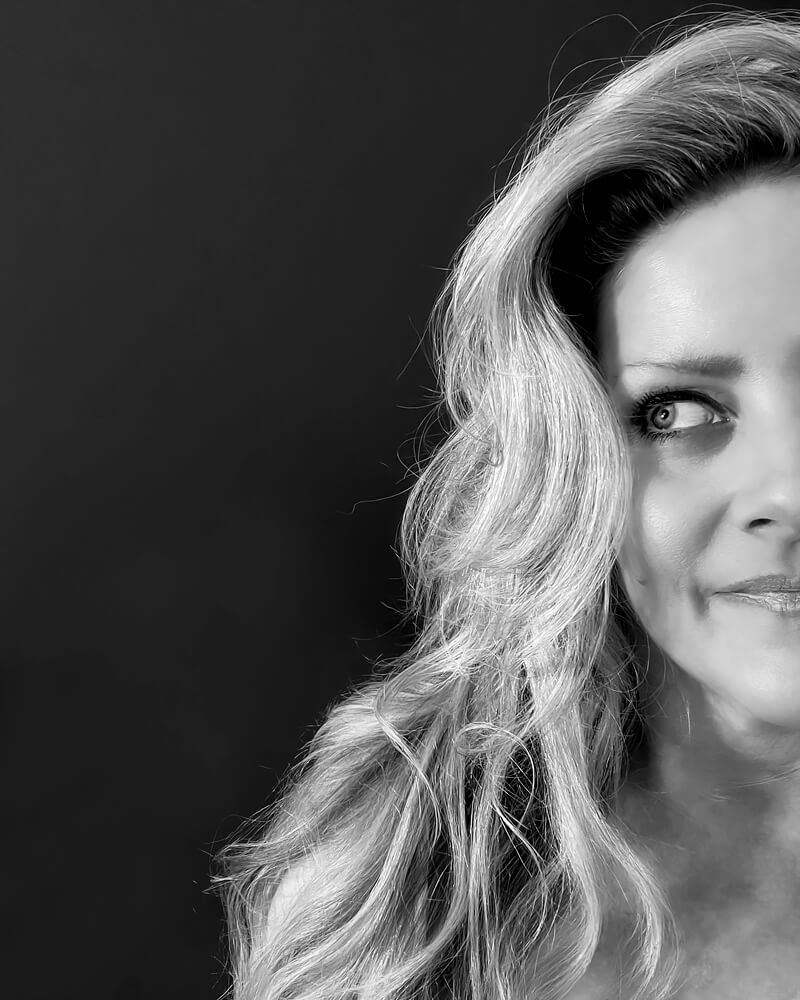Kelly O’Leary is a fine art photographer, artist, and designer currently based in Northeast Florida, U.S. As a life-long artist, she found her passion behind the lens in early adulthood and has been photographing for over 20 years. She has found that each of her artistic mediums greatly inform each other as they share undeniable fundamental principles,
Kelly has a deep and profound connection to the natural world, with a particular affinity for the coastal environments where she has long resided. The camera is a therapeutic modality in which she utilizes to create tranquil moments of reflection in her work, looking beyond the obvious, she conveys an intimacy with her subjects through an unmistakable sensitive aesthetic and moreover, pays homage to their solemn beauty as well as their impermanence.
Formally emerging with her work in Fall of 2021, she was accepted into her 1st international juried group exhibition in the Louisville Photo Biennial (KY). She continues submitting and exhibiting her work, having shown in numerous exhibits including shows with Loosen Art (Rome, Italy), Praxis Gallery (MN), The Chateau Gallery (KY), and Decode Gallery (AZ). In January of 2023, Kelly’s work appeared in her first photographic publication. In addition to exhibiting, she continues work on several ongoing photographic series.
Statement:
Lured by the lull of the sea and beckoned by quiet spaces, I convey mindful, intimate moments of solitary intention through my B&W images.
